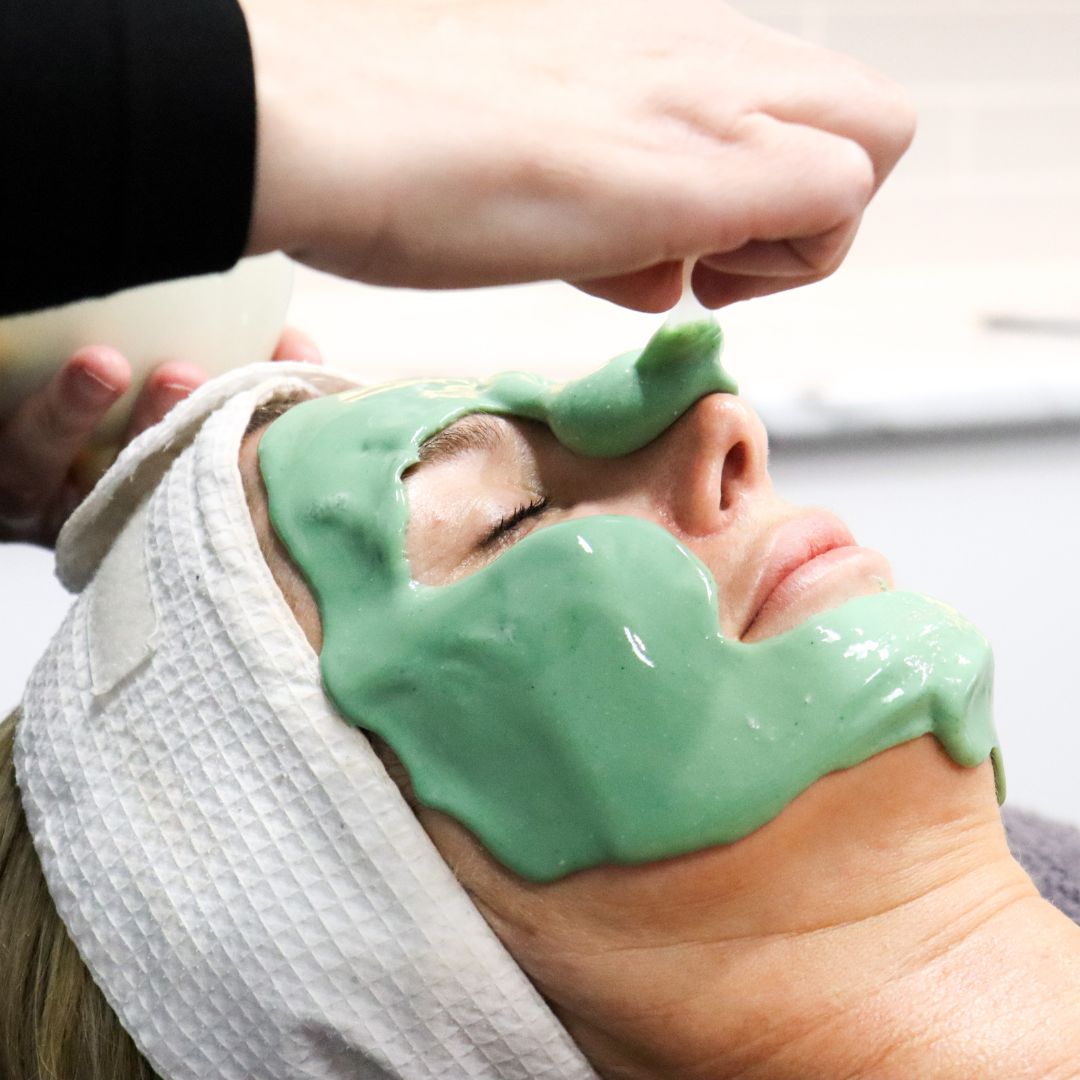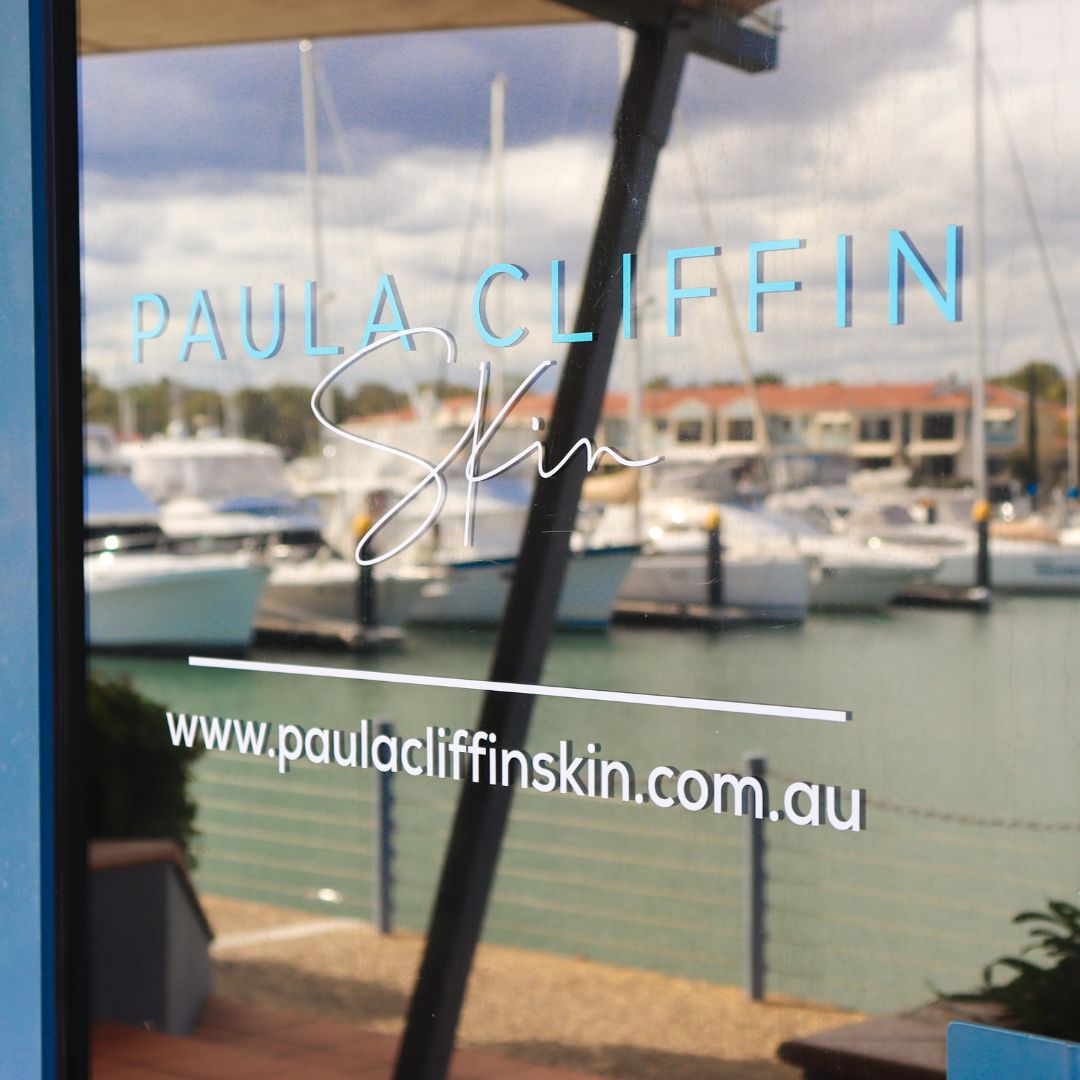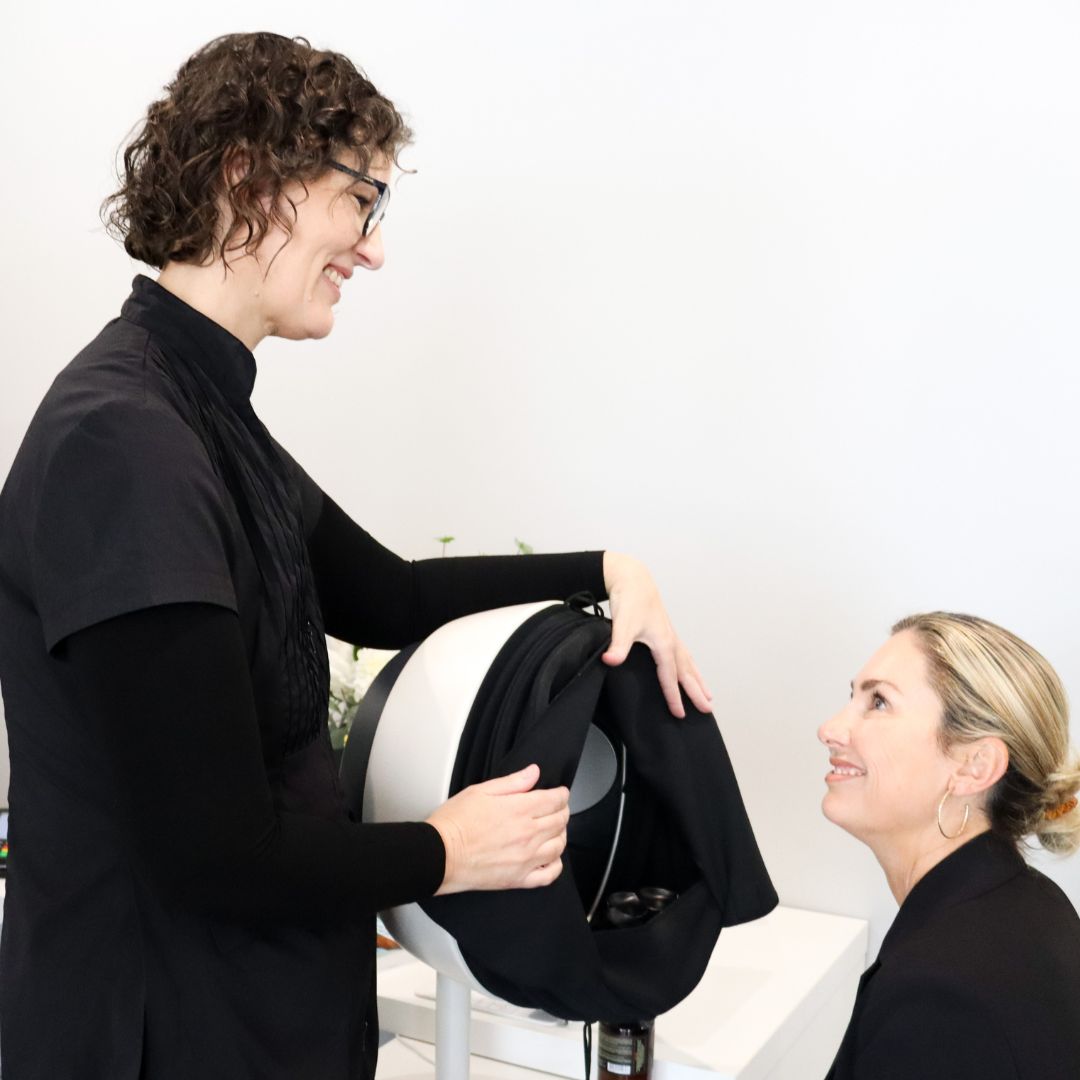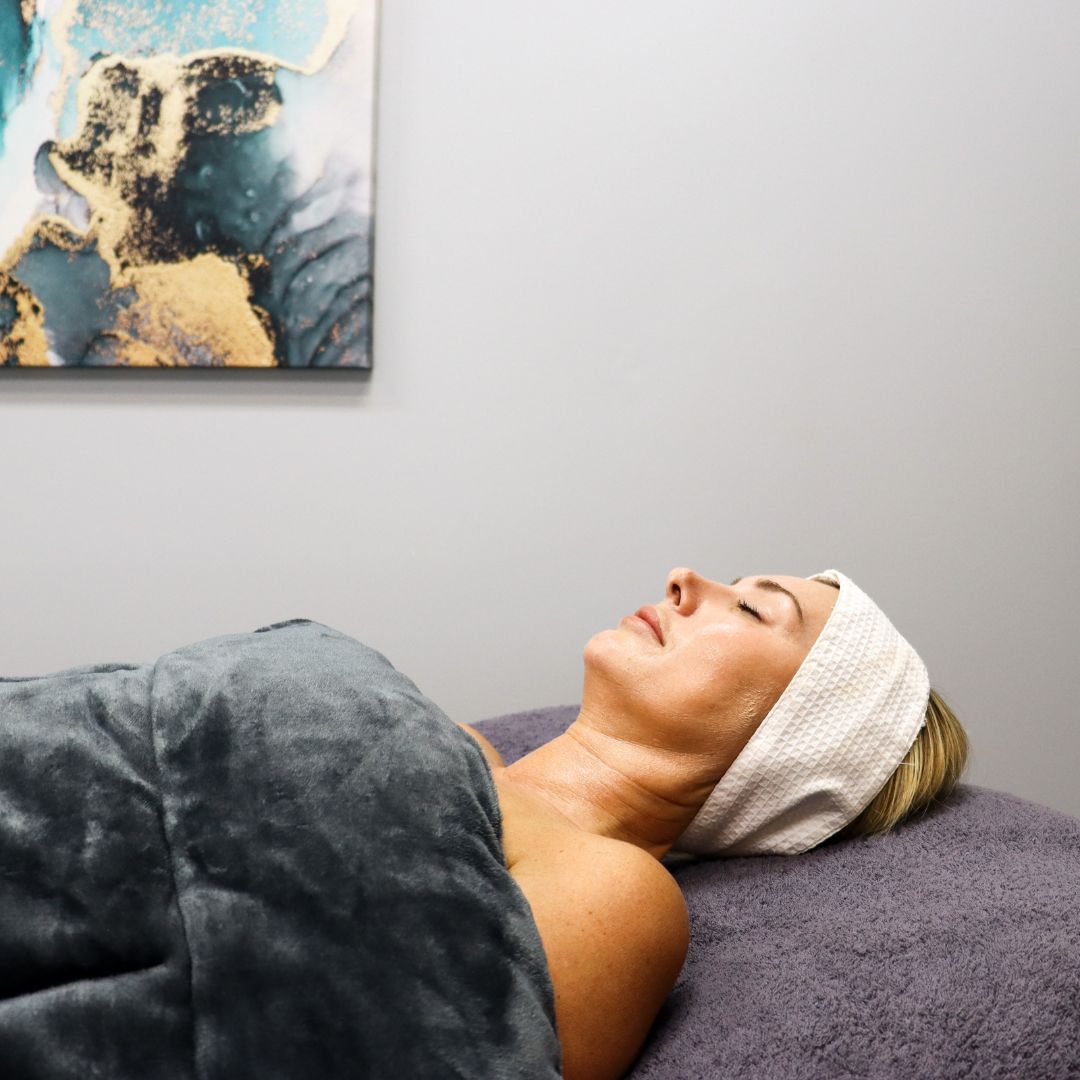Actinic Keratosis
Specialising in problematic skin conditions.
Actinic Keratosis (AK).
Also known as solar keratosis or senile keratosis, is a common precancerous skin condition caused by prolonged exposure to ultraviolet (UV) rays from the sun or artificial sources like tanning beds. It primarily affects fair-skinned individuals and is more prevalent in areas with high levels of UV radiation. Here are some key points about actinic keratosis:
Appearance: Actinic keratosis typically appears as small, rough, scaly patches or growths on the skin. They can range in colour from pink to red, flesh-coloured, or brown. These patches often feel dry and rough to the touch, resembling sandpaper.
Location: The most common locations for actinic keratosis include areas of the body that are frequently exposed to the sun, such as the face, ears, scalp, neck, chest, backs of hands, forearms, and lips.
Causes: Prolonged exposure to UV radiation, particularly UVB rays, is the primary cause of actinic keratosis. It is more common in individuals with a history of sunburns and those who spend significant time outdoors without adequate sun protection.
Risk Factors: Risk factors for developing actinic keratosis include fair skin, a history of frequent sunburns, advanced age (it is more common in older adults), and living in regions with intense sunlight.
Precancerous Nature: While actinic keratosis itself is not cancer, it is considered a precancerous lesion. If left untreated, a small percentage of actinic keratoses can progress to squamous cell carcinoma, a type of skin cancer.
Diagnosis: Dermatologists typically diagnose actinic keratosis through a visual examination of the affected skin. In some cases, a biopsy may be performed to confirm the diagnosis or rule out cancer.
Treatment: Treatment options for actinic keratosis aim to remove the lesions and reduce the risk of cancer development. Common treatments include:
- Topical creams or gels containing medications like 5-fluorouracil (5-FU), imiquimod, or diclofenac.
- Cryotherapy (freezing the lesions with liquid nitrogen).
- Curettage (scraping off the lesions).
- Photodynamic therapy (a combination of light treatment and a photosensitising agent).
- Laser therapy.
- Chemical peels.
Prevention: The best approach to actinic keratosis is prevention. This includes:
- Limiting sun exposure during peak UV hours (10 a.m. to 4 p.m.).
- Wearing protective clothing, including wide-brimmed hats and long-sleeved shirts.
- Applying sunscreen with a high SPF to exposed skin.
- Regularly checking your skin for changes and seeking prompt medical attention for suspicious lesions.
Follow-Up: Individuals with actinic keratosis should have regular follow-up appointments with their dermatologist to monitor the condition and address any new or changing lesions.
Treatment and Prevention.
Actinic keratosis is a common skin condition in this hemisphere, that underscores the importance of sun protection and skin cancer awareness. Early detection and appropriate management can help reduce the risk of progression to skin cancer and ensure skin health.






